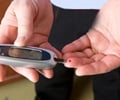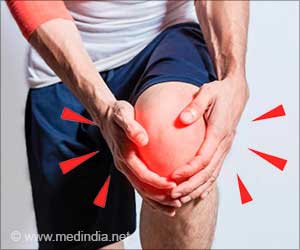Scientists discovered eliminating vital regulatory protein dramatically boosted insulin sensitivity in lab mice, a breakthrough for drug development and treatment of diabetes.

"Different transcription factors stimulate genes, turning them on and off, by bringing in co-activators or co-repressors," said Jerrold M. Olefsky, MD, associate dean for Scientific Affairs and Distinguished Professor of Medicine at UC San Diego and senior author of the study.
"All transcriptional biology is a balance of these co-activators and co-repressors," he noted.
Olefsky and colleagues focused their attention on NCoR, which was known to be a major co-repressor of Peroxisome Proliferator-Activated Receptor gamma or PPAR-gamma, a ubiquitous protein that regulates fatty acid storage and glucose metabolism, but which also appeared to act on other receptors as well.
The scientists created a knockout mouse model whose adipocytes or fat cells lacked NCoR.
Though bred to be obese and prone to diabetes, Olefsky said the glucose tolerance improved in the NCoR knockout mice.
Advertisement
Resistance to insulin, a hormone central to regulating carbohydrate and fat metabolism, is a hallmark of diabetes, as is chronic inflammation.
The finding has been published in the November 11 issue of the journal Cell.
Source-ANI















